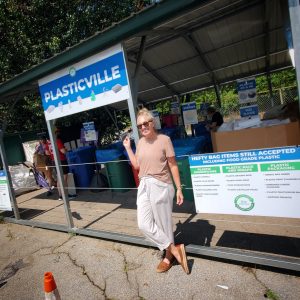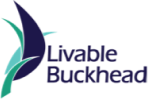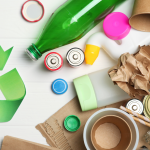Time to Tackle Plastic Recycling
Reduce. Recycle. Reuse.
Follow us on our series ‘Let’s Talk Recycling.’ Recycling is a large part of a sustainable future and something we can all take part in as a community.
 Back again and diving into the plastic do’s and don’ts! We are living in the plastic world era. Our daily lives are reliant on plastic products. Unfortunately, it is not just the plastics used to keep us safe such as child safety seats, bicycle helmets, hard hats, lifesaving medical devices, and car airbags. Over one million plastic bottles are purchased every minute around the globe and around five trillion plastic bags in a year. The used just once and thrown away plastic is half of all plastic produced.
Back again and diving into the plastic do’s and don’ts! We are living in the plastic world era. Our daily lives are reliant on plastic products. Unfortunately, it is not just the plastics used to keep us safe such as child safety seats, bicycle helmets, hard hats, lifesaving medical devices, and car airbags. Over one million plastic bottles are purchased every minute around the globe and around five trillion plastic bags in a year. The used just once and thrown away plastic is half of all plastic produced.
How can a single person or family help reduce, recycle, and reuse plastic consumption?
Small tweaks to your plastic routine can help reuse and reduce your carbon footprint while improving your mental wellbeing. Being proactive can ease anxiety or fear about the loss of our planet’s resources, as well as lower your risks of toxic chemicals impeding your physical health. Here are some ways to reduce your plastic footprint.
- Replace plastic razors with a razor that uses a replaceable blade.
- Tote bags into the store in place of plastic bags. (I know this one is hard to remember at first and I put a note on the dash in my car for the first few times or a reminder in your phone)
- Purchase products in cardboard when available.
- Purchase reusable bamboo or metal straws.
- Reuse your glass jars in place of plastic containers.
Plastic recycling is easier than you may think. Knowing what can be recycled by looking for what type of plastic it is and how to recycle it. Most plastic items have a triangle with a number in it on the item, most of the time you will find it on the bottom. Here are the types of plastic, what the number may look like and recyclable capabilities. Always check with your local recycling facilities for acceptable items.
- #1 Polyethylene terephthalate or PETE – is the most common transparent plastic found in water bottles, soda bottles, and food packaging. Recycled can be used to create new containers, carpet, or clothing fibers. Most curbsides accept.

- #2 High-density polyethylene or HDPE – similar in appearance to #1 but requires a different recycling machine and found in milk jugs, trash bags, butter or yogurt tubs, or cereal box liners. These can be made into detergent bottles, floor tile, or fencing. Most curbsides accept.

The following plastics are sometimes accepted curbside programs or are not recyclable.
- #3 Vinyl or polyvinyl chloride or V – used in piping (PVC pipes), medical equipment, cooking oil bottles, and cleaning product bottles. It is considered a ‘hard to recycle’ product and most likely not
- #4 Low-density polyethylene or LDPE – used in grocery bags, squeezable bottles, furniture, carpets, and clothing. Most curbside programs do not recycle these items. Check local hard to recycle materials facilities, such as Live Thrive CHaRM, and you will find they except some of these items.
- #5 Polypropylene or PP – found in drink lids and caps, medicine bottles, ketchup bottles, and straws.
- #6 Polystyrene or PS – found in disposable dishes, meat trays, egg cartons, and carry out containers.
Check out the plastic consumer calculator to see your plastic consumption. Next up, we learn all about hard to recycle items.




